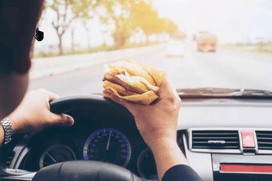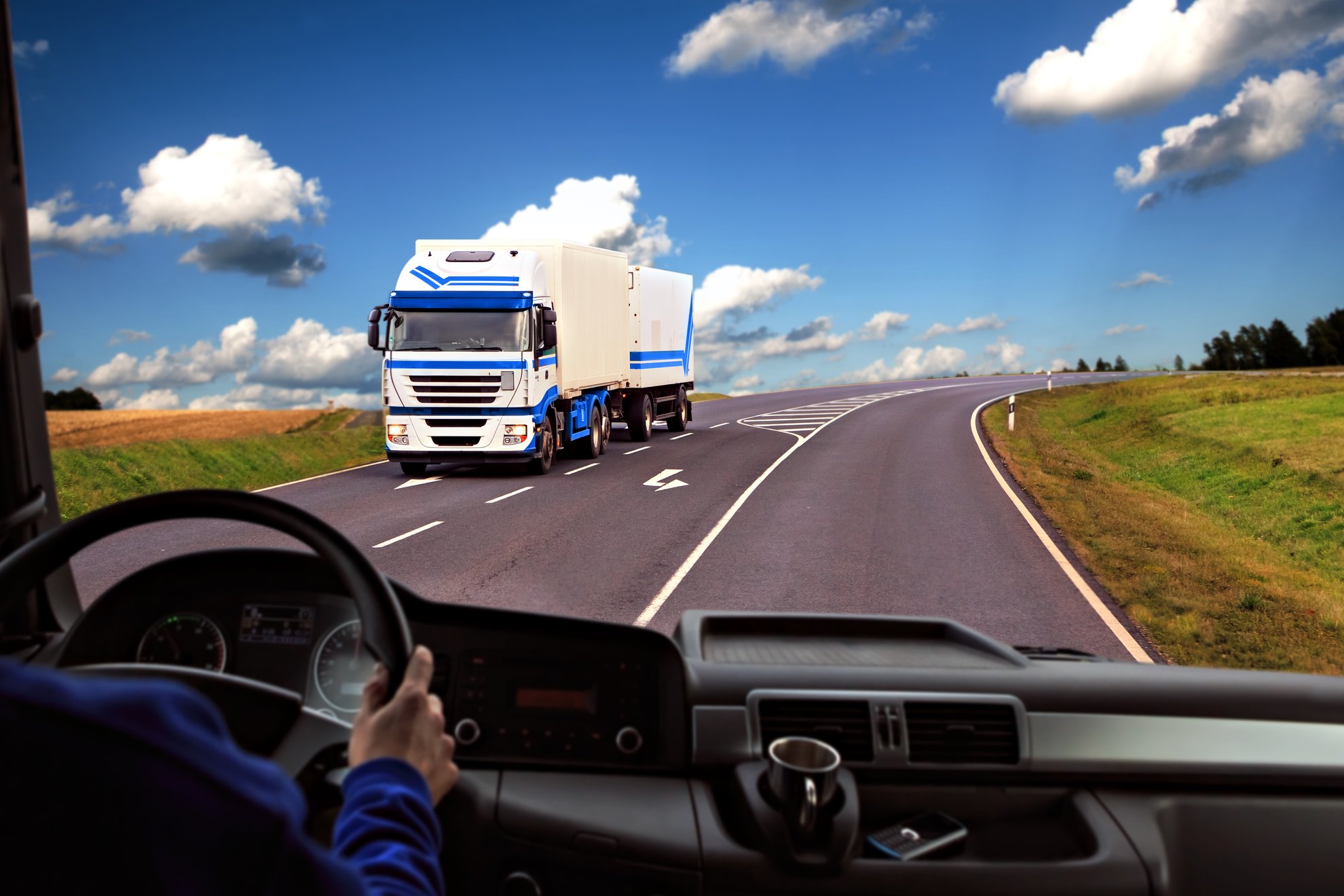If you are like me, you know how difficult it is to change eating habits. At some point in your life, you may realize that your almost unconscious decision-making process that guides the selection of food and timing needs drastic changes - for the safety of your health. We are all creatures of habit and know how difficult it is to change that.
Many of us started using technology to brings essential information to our attention to help us change our eating habits. Is our driving style safe enough or do we need to change it? Is technology improving attention to our driving?
Driving school lessons, early guidance from friends and family shape our fundamental skills. But it is the daily driving that allows us to move from the highly attention-grabbing driving practice of the early days to accurate, dependable driving skills that accompany us in our lives.
Changing Eating Habits
With our eating habits, we have the option to progressively fine-tune and adjust our supervision of daily food intake, as our bodies change and require modified diets. But that requires constant attention and mind control over the instant pleasure offered by the food we like, and also know can harm us. For many of us, it is a mix of laziness and complacency about the perceived urgency of making changes, sometimes the sheer pressure of other activities that put us in willful denial of that need.
Until we get a cold shower from our doctor, who reminds us that unless we drastically change our eating styles, we are at high risk of severely compromised health conditions. We finally wake up and decide to follow through the recommendations. We get through a few weeks of a strict diet. We lose weight, and we feel excited by reassuring blood tests from the lab that tell us that we are on the path of a promising improvement.
But keeping attention at a high level on a daily basis is hard: unless we get constant rewarding feedback from measurable indicators (e.g., lower body weight, improved blood pressure, improved cholesterol numbers, A1C, …), we tend to relax and fall back to old habits gradually.
Changing Driving Habits
In my early years, whether I was driving by myself or even more so if I had passengers aboard, I remember that every trip was an opportunity to test my skills and prove both to myself and to the passengers that I was a good driver.
I used to “visualize” the trajectory planned ahead of my car as a smooth line painted by an artist, drawn to minimize unexpected longitudinal and lateral shakes while respecting traffic regulations and reducing the need to react to sudden movements of cars ahead or on the side.
These driving habits required extensive and constant scanning of the road scene, prediction of sudden moves of less-skilled drivers based on their observed behaviors, quick slowdowns anticipated by the vision of brake lights ahead, knowledge of the route ahead and “statistics”-based experience of traffic behavior drawn from prior runs on the same stretch.
Not everybody “enjoys” driving, and even for passionate drivers like me, some trips are more boring than others. As the novelty of driving a particular road wears off over time, especially if it is a regular commute and close to home, our minds start wandering, and the quality of our driving starts suffering. Did you ever experience getting to a destination in “auto-pilot” mode, as you realize that you don’t even remember how you got to the destination?
Has Technology Improved or Diminished Our Attention to Driving?
As we prepare to exhibit at the CES conference in Las Vegas this week, there will be no shortage of vehicle technology to see with 647 companies listed as exhibitors in this space.
While I am enthusiastic about adopting technology to help improve many aspects of our life, I realize that driving-assist solutions now affordable on many vehicles tend to encourage complacency towards reduced driving attention.
Rear cameras and proximity sensors, while extremely useful, lead to reduced head-turning to the back (granted, harder to do as you age) and just reliance on the sensors, depriving us of a 360-degrees scanning of the scene, critical to noticing potential risks around us.
Lane Departure Warning, while useful, can lead us to feel authorized to look elsewhere and swing in the lane until the sounds or vibrating steering wheel remind us of our wrongdoing. Lane Keeping together with Forward Collision Detection and Automated Emergency Braking, while more sophisticated and powerful, can give us more of the illusion that the car knows where it is going and slow down if necessary, even if we are not looking.
Ironically, those expensive additions to the vehicle meant to protect our safety sometimes contribute to an even more significant attention deficit on our side, which defeats the intended purpose.
Constant Feedback Required
After many years fighting a frustrating battle with my weight control, I discovered that regular and continuous feedback is essential. Using just a fitness watch to be informed about my physical activity did not lead anywhere, long-term.
Then I combined my physical activity with an app that allowed me to scan labels of food I would purchase and eat at each meal. The app helped me to keep track of the estimated calories, fat, sugar, protein meal by meal, with scores about adherence to the projected goals day by day, week by week.
Regular feedback from the combination of my physical activity data with my meal data made a substantial difference. Finally, I managed to stay on a leaner and more balanced intake program for several months, feeling rewarded by the results.
On-board devices and mobile apps that are an integral part of usage-based insurance plans have similar goals, measuring “lead footedness” of drivers as a risk factor, along with driving at night, during rush hours, above speed for extended periods of time.
But despite the undeniable correlation between driving aggressiveness and frequency of crashes, they don’t go sufficiently beyond the limits of a fitness watch collection of data for post-trip analysis.
Evaluating the Lack of Attention to Driving
 What is missing is the evaluation of the lack of attention of the driver, which often leads to even more severe crashes, whether because of distraction or drowsiness. This is particularly important now, as driving-assist solutions and partially self-driving vehicles are encouraging more drivers into “multi-tasking,” which inevitably leads to poor awareness of the situation on the road.
What is missing is the evaluation of the lack of attention of the driver, which often leads to even more severe crashes, whether because of distraction or drowsiness. This is particularly important now, as driving-assist solutions and partially self-driving vehicles are encouraging more drivers into “multi-tasking,” which inevitably leads to poor awareness of the situation on the road.
Even more important is to bring into the driving experience an element of reward, as the driver puts effort into staying attentive and gets motivated by positive feedback about his/her doing. To be most effective, and to lead to significant and more permanent improvements in driving style, feedback needs to reach the driver in real-time, as he/she is making driving-related decisions.
Conclusion
Similar to helping individuals like myself monitor or “pay constant attention” to my eating habits, technology is here to help achieve the goal of staying attentive while driving.
AI-based driver awareness solutions can advise on the right level of attention at any given time, to coach on a preventable mistake, to motivate the driver to strive for safety and quality of driving.
And why not, to bring more fun back to tedious commutes.
Interested to learn how your drivers can be coached in real-time? Click below to learn more about “Walter,” our virtual co-driver that provides coaching in real-time to improve your safety record and lower costs.



